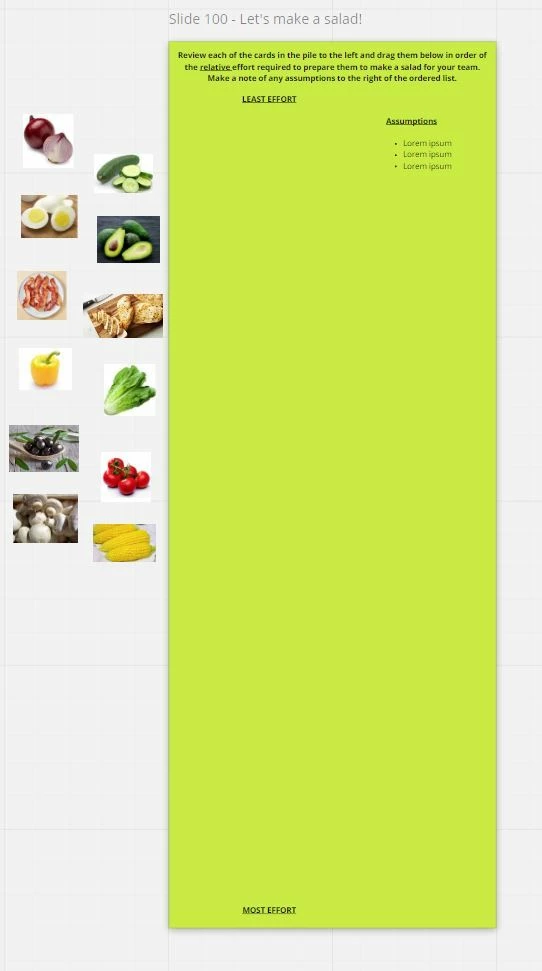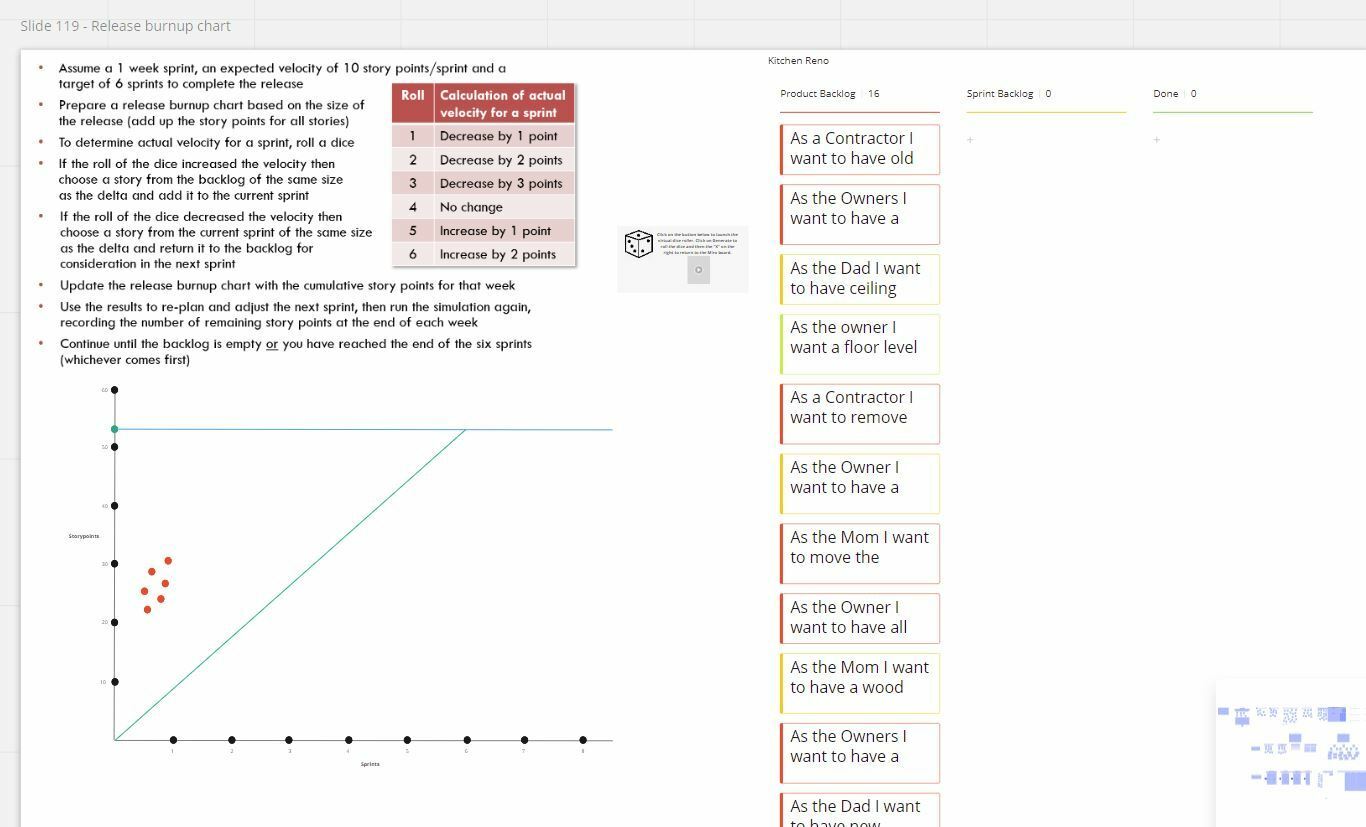How do I love Miro - let me count the ways 
My story with Miro begins, like many others, shortly after COVID-19 started to rear its ugly head in Canada.
I am senior consultant working for a small project management and agile training and consulting boutique firm in Toronto, and till a month back all of our course were delivered in-person.
I don’t actually know how my boss ended up picking Miro rather than some other platform, but I’m very glad that he did pick it.
We run a dozen or so public and corporate courses and over the past month my colleagues and I have spent most of our time transforming our exercises from the physical world to the virtual canvas. For some courses, this has been relatively easy whereas for others where we were using Lego bricks and other tactile materials, it took a lot of imagination.
We have only delivered a handful of courses so far but the preliminary feedback from learners has been very encouraging and I can see us continuing to offer live virtual courses after the pandemic subsides.
Coolest opportunity to date as a result of migrating to Miro: Having a learner for my three day Disciplined Agile Lean Scrum Master course from Melbourne, Australia! He was willing to stay up three straight nights and provided great feedback on the interactivity of our course.
Biggest lessons learned from using Miro:
- Go back to the “why" behind each exercise. That will help you design the best way of delivering it.
- Do external backups frequently when creating new boards.
Here are a couple of screens from an agile fundamentals course I have developed:
The first introduces learners to the concepts of relative sizing by ordering salad ingredients based on relative level of effort to prepare. The second helps learners understand how to create a release burnup chart - that was a fun one to create as I had to use an external iFrame to call a random number generator to simulate a dice roll!






